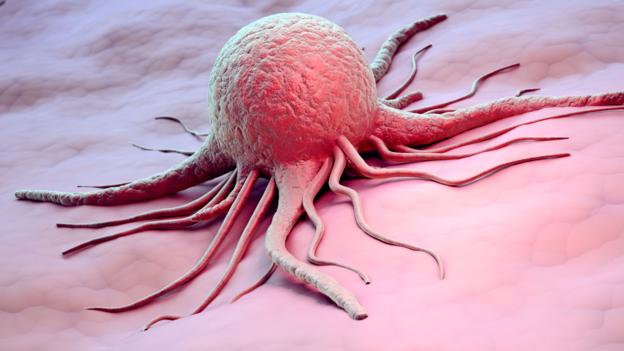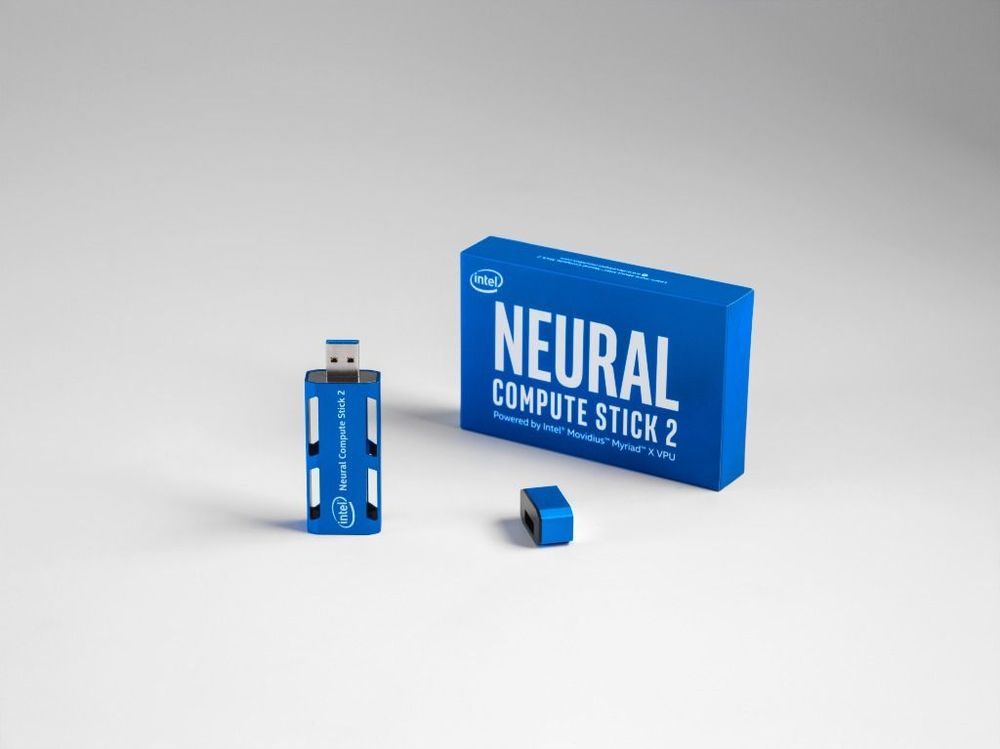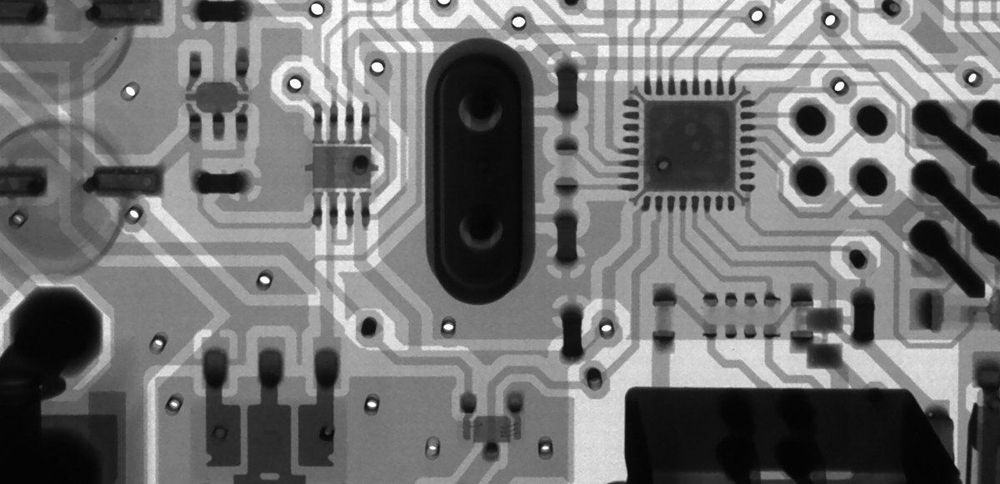Apr 17, 2019
We Are Closer Than Ever to Merging Human Brains With The Cloud
Posted by Quinn Sena in categories: biological, nanotechnology, robotics/AI
Humanity could be on the verge of an unprecedented merging of human biology with advanced technology, fusing our thoughts and knowledge directly with the cloud in real-time – and this incredible turning point may be just decades away, scientists say.
In a new research paper exploring what they call the ‘human brain/cloud interface’, scientists explain the technological underpinnings of what such a future system might be, and also address the barriers we’ll need to address before this sci-fi dream becomes reality.
At its core, the brain/cloud interface (B/CI) is likely to be made possible by imminent advances in the field of nanorobotics, proposes the team led by senior author and nanotechnology researcher Robert Freitas Jr from the Institute for Molecular Manufacturing in California.
Continue reading “We Are Closer Than Ever to Merging Human Brains With The Cloud” »

















